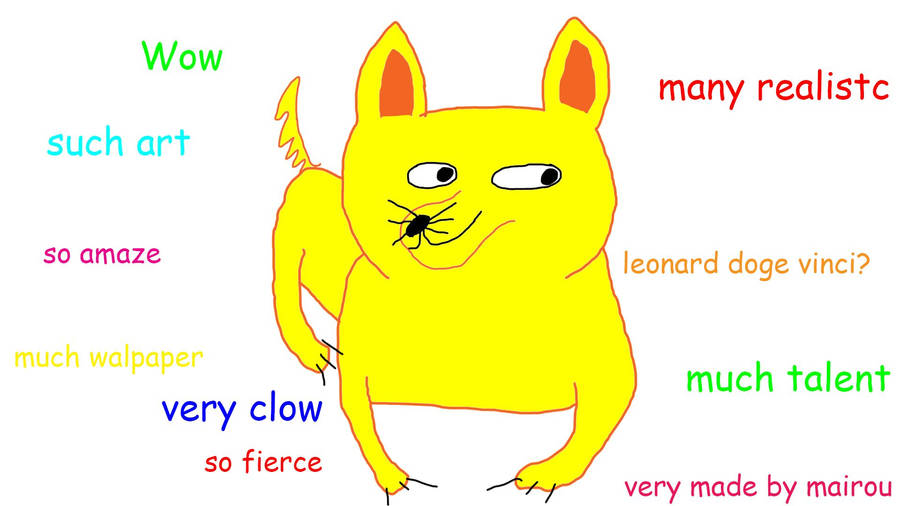In games there are few things cooler than getting something new. In video games like new guns in Ratchet and Clank or new items in Animal Crossing. In board games you can buy extra abilities in King of Tokyo or resource cards in Settlers of Catan. These things keep the game exciting and change the way that you play.
A few weeks in and there are now two items in our classroom game. The bronze sword and the goblet of champions. The sword I classified as a weapon. All weapons can be used during battle games. They will give your team points in the game and/or effect other teams. For example, the bronze sword is worth 50 points and the user can choose a team that has to skip a turn.
The goblet is an item. Items are for use in other areas of our game. They can increase the XP students receive, who is showing work on the board, and even the questions being asked in class. The goblet of champions allows students to increase the XP they receive for an activity by 10%. This will come in handy during activities like dungeons and boss battles that reward students with higher experience points at the end.
Because of our busy schedule and snow days we have only been in our game for about a week. We played our first battle game two weeks ago. During the game a student looked at me and said, “Mr. Renard, can I use my sword now?” I told him sure. “It’s in my locker, can I go grab it?”
“Nope. You have to have it.” This was a good teaching moment. I explained to the students that if he had brought the sword to class that would have changed the whole game. Several students made comments about how cool that would have been. They were right. Items create moments, and there are plenty to come.




